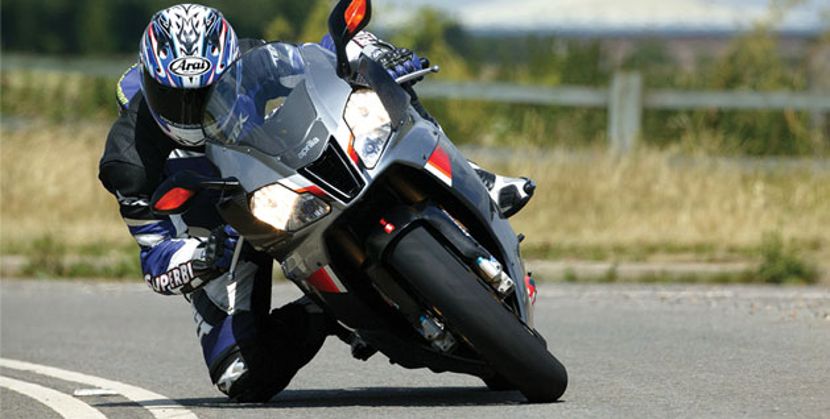Back in the Nineties, it seemed like everyone wanted to make a big twin superbike. It was all the fault of the dodgy Italians. Put simply, the (Italian) bosses of the World Superbike series decided that twin-cylinder bikes should have a capacity advantage in the regulations. Four-cylinder bikes were restricted to 750cc; twins could be 250cc bigger, at a full 1,000cc. Coincidentally, Italian firm Ducati was making just such a twin, while the Japanese competition was sticking to its four-cylinder roots.
In fact, in the first couple of years of WSB, the Ducatis were so flaky and unreliable that, even with the bigger capacity, the fours still won. But gradually, with the 888 and 916, Ducati drew ahead of the Japanese fours in WSB racing. The combination of Carl Fogarty’s determination and those extra cc, together with a then-poorly understood ‘big-bang’ traction advantage meant Ducati won eight championships in the 1990s. Kawasaki and Honda took one championship each, with their 750cc fours.
For proper superbikes – twin-cylinder engines seemed like they had a magical X-factor. Or indeed a ‘V-factor’, because it was with the V-twin layout that the frankly farcical outfit from Bologna had made the Japanese look a bit rubbish on track. Italy’s road bikes, in contrast, seemingly couldn’t make it to the first service without some sort of electrical tragedy, while the Japanese were honing their quality and reliability, as well as their performance. Machines like the Honda FireBlade, Suzuki GSX-R750 and Yamaha Thunderace were well-made, super-reliable, hugely powerful and handled well on the road – and they cost much less than the finicky ‘thoroughbreds’ from Ducati, Bimota (using Ducati motors) and Laverda (which made an appearance mid-decade with a woefully under- developed parallel twin).
To read the rest of this feature buy the September 2011 issue from iTunes or the Android market.

